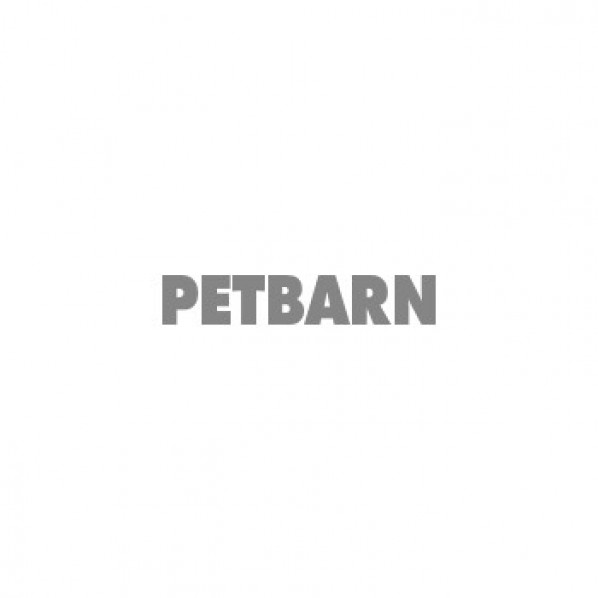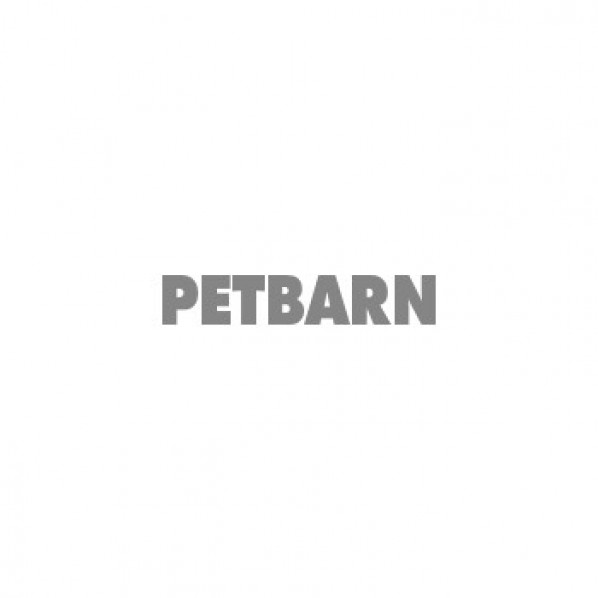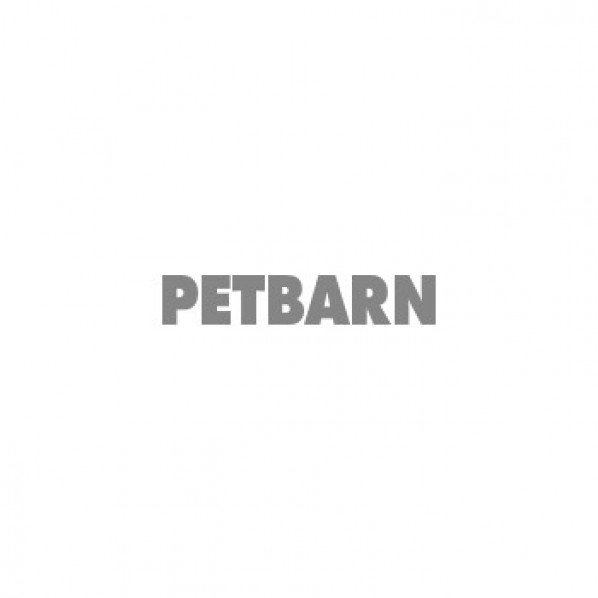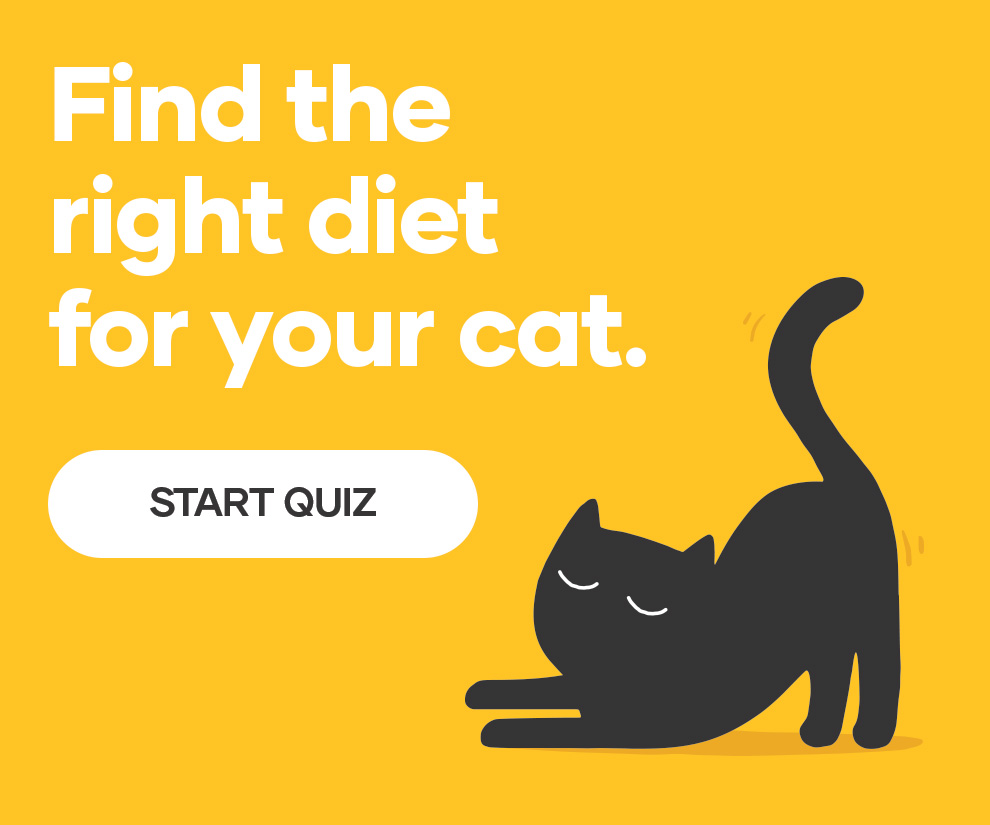If your cat is prone to hairballs, a change to their diet can make a huge difference. Here’s our advice for choosing a cat food that minimises hairballs.

Cat owners know that hairballs are a fact of life and while issues with hairballs can be kept in check with a dedicated grooming schedule, there are some dietary adjustments that can help to lessen the likelihood of hairballs. Here’s how a change to your cat’s diet can help to avoid issues with hairballs.
Have a specific question in mind? Jump to:
- How do cats develop hairballs?
- Can hairballs make a cat sick?
- Combat hairballs by choosing the right food
- Hairball symptoms
How do cats develop hairballs?
Cats love to groom themselves, in fact it’s estimated that they spend a third of their waking hours grooming. Their daily grooming routines are likely to see them ingest a fair bit of hair, which can lead to them vomiting up long clumps of hair, or hairballs.
Although vomiting hairballs is common among cats, it may lead to other issues and can even cause intestinal blockages. If you notice your cat frequently vomiting hairballs, you might want to look at some proactive ways to avoid hairballs for their health.
Regular brushing, especially for long-haired cats, will help to limit loose hair and hopefully the amount of hair ingested, but you can also help your cat at a dietary level. Learn more about how to bathe and clean your cat at home.
Can hairballs make a cat sick?
A large hairball that develops in your cat’s digestive tract will make it difficult for them to excrete waste, which can lead to frequent diarrhoea or constipation. A clear sign of obstructed intestines is when you notice your cat’s stomach swelling.
If you think your cat is suffering from a hairball blockage, contact your local Greencross Vets immediately.
Combat hairballs by choosing the right food
Changing your cat’s diet is the best way to combat hairballs. There are a number of cat foods on the market that offer a targeted approach to hairball prevention.
These formulations are geared towards adult cats, as kittens are unlikely to experience hairball issues. Our range of hairball-control cat foods helps to limit the build-up of hair in your cat’s stomach.
Ingredients rich in natural fibres, such as psyllium, yucca extract and slippery elm bark, are included in some of these formulations to help cats eliminate the hair they swallow naturally. Some formulations may also improve your cat’s coat and minimise the amount of shedding. They also work to promote your cat’s overall digestive health and include a balance of other ingredients to ensure your cat receives all the essential vitamins and minerals they need.
Hairball symptoms
If your cat has a hairball they can’t shift, you might see your cat:
- retching, vomiting and hacking without producing a hairbal
- losing their appetite
- becoming lethargic
- showing signs of constipation and diarrhoea.
If this is the case you should visit your local Greencross Vets.
Use our Cat Food Finder tool or chat with your local Petbarn team member to learn more about the range of cat foods available for hairball-prone cats.






